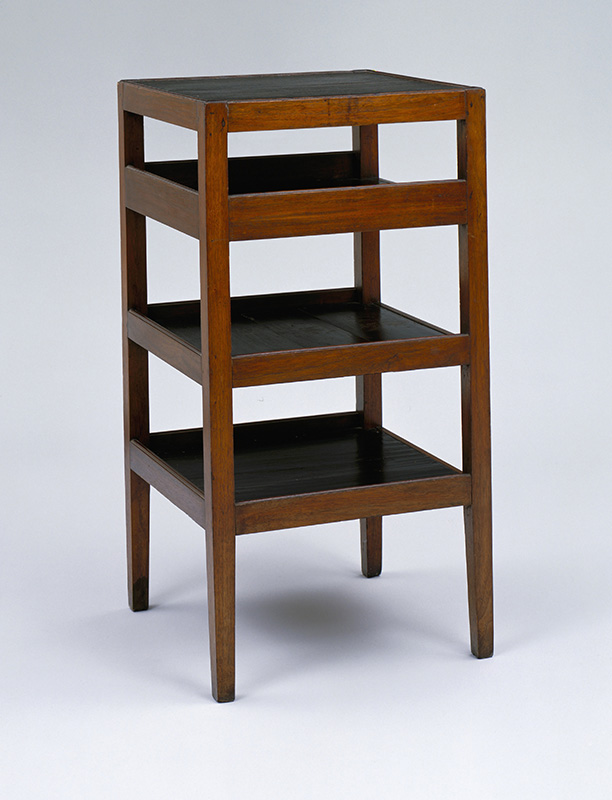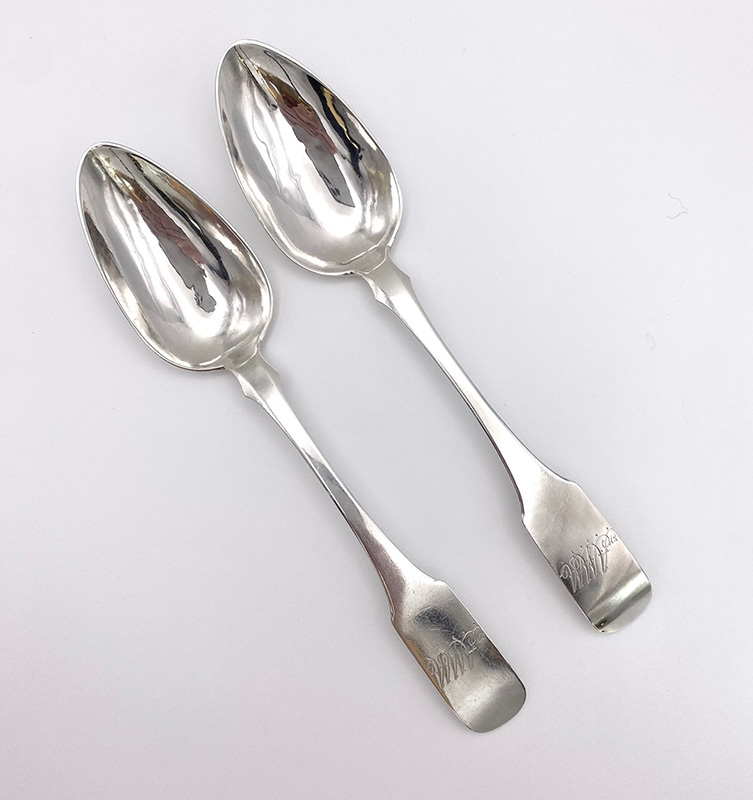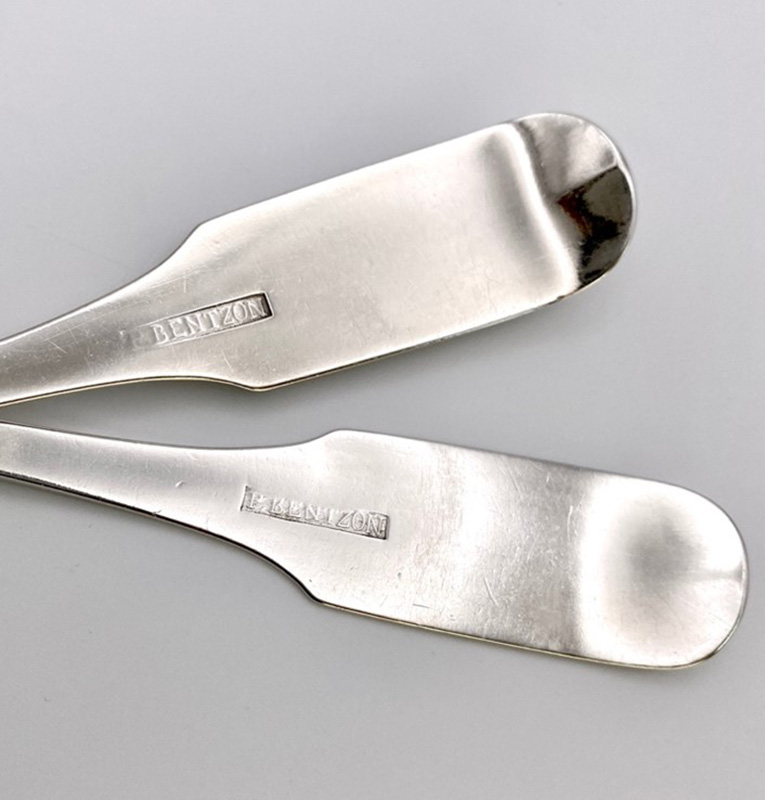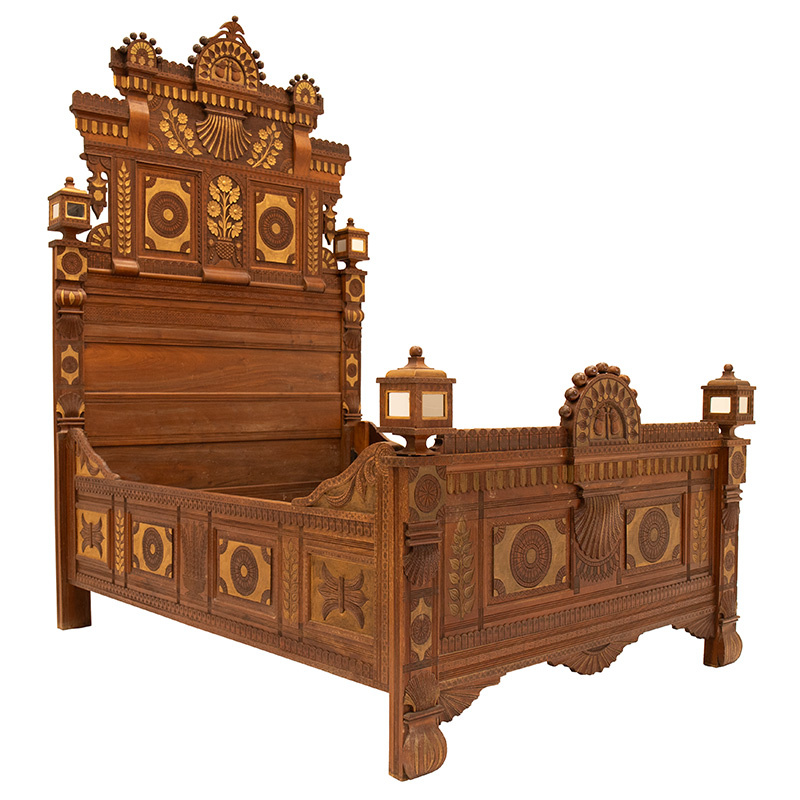Fighting for Freedom: Black Craftspeople and the Pursuit of Independence
Click on images to enlarge them and view captions.
by William A. Strollo
A collaborative exhibition between the Black Craftspeople Digital Archive and the Daughters of the American Revolution (DAR) Museum, Fighting for Freedom: Black Craftspeople and the Pursuit of Independence centers on the lives, experiences, trials, and triumphs of Black craftspeople, illuminating their journey towards autonomy and presenting inclusive vignettes into the American fight for freedom. Accompanied by a book of the same title, the project was spearheaded by DAR Museum Curator of Exhibitions William Strollo; UNC Greensboro Assistant Professor of History Torren Gatson; and Sewanee, The University of the South Associate Professor of History Tiffany Momon. The result of four years of meticulous research and design, the curatorial team used 47 objects to encourage audiences
to confront the complicated histories of what it means to be free in the United States.
The exhibition pairs objects with rich contextual stories, helping visitors reflect on the legacies of enslavement, the historical omission of African Americans in the decorative arts, and the lack of appreciation for Black artisans and their impact. The curators hope Fighting for Freedom inspires more scholarship that challenges society and the field of material culture to identify new names and attribute new objects in the spirit of celebration for Black artistic contributions.
Through the stories of countless Black craftspeople, Fighting for Freedom invites visitors to reconsider Black decorative arts through the themes of mastery, contradictions, pride, identity, sojourn, and moments. Each of these themes presents a different perspective on the lived experiences of these makers and how those experiences shaped their production.
Few names are more synonymous with Black craft than John Hemmings, the enslaved joiner and cabinetmaker at Monticello. Hemmings lived through the contradictions of Thomas Jefferson and many of the other founders who signed the Declaration of Independence. In his role as head joiner, Hemmings created the material and architectural landscape of Jefferson’s republican ideals at Monticello. A dumbwaiter (figure 1) crafted by Hemmings resided at Poplar Forest, where Jefferson retreated from public life to reflect on the new United States. Hemmings remained enslaved until Jefferson’s death, at which point he was freed with access to all of his tools.
Peter Bentzon’s life navigated a journey between place and race. He learned the silversmith trade in Philadelphia from 1799 to 1806. Next, his travels took him to St. Croix in the Danish West Indies, where he established a silversmith business. For the duration of his life, he traveled between Philadelphia and St. Croix, crossing the color line. Records in Philadelphia refer to him as white, but he is described as biracial in St. Croix. He produced basic domestic work (figures 2 and 3) as well as sophisticated and detailed wares that were sought after by wealthy members of society. Bentzon is the only recorded free Black silversmith in the Americas and his journey highlights the interconnections between race and running a successful business.
Lewis Buckner is among the most distinguished Black cabinetmakers from Tennessee. Born enslaved in 1856, Buckner apprenticed and trained as a cabinetmaker with white craftsperson Christian Stump after the end of the Civil War. By 1880, Buckner was working as a cabinetmaker on his own accord, joining a cadre of Black artisans in Sevier County. Buckner used his superior carving skills to create architectural features, including mantels and trim work that adorned houses in East Tennessee. Among Buckner’s most well-known works is a bed created for William and Rebecca Henderson in 1889 (figure 4). According to family recollections, Henderson hired Buckner to make an entire suite of furniture, which featured Buckner’s hallmark style, largely inspired by Charles Eastlake and the Aesthetic Movement. Buckner added a creative flair to traditional designs by adorning his furniture with carved symbols such as flowers, leaves, shells, and eggplants.
The significance of this scholarship extends beyond the exhibition at the DAR Museum. Over the next three years, the show will travel, making stops at the North Carolina Museum of Art, Gibbes Museum of Art, Historic New Orleans Collection, Tennessee State Museum, and Museum of the Shenandoah Valley. Most importantly, the exhibition will endure in the doors it opens for deeper scholarship, new discoveries, and more insightful understandings of Black contributions to the decorative arts.
Fighting for Freedom: Black Craftspeople and the Pursuit of Independence is on view at the DAR Museum through December 2025. An eponymous book is available through the University of North Carolina Press.
William A. Strollo is the Curator of Exhibitions at the Daughters of the American Revolution Museum. Torren Gatson also serves on the Decorative Arts Trust Board of Governors, and Torren and Tiffany Momon’s Black Craftspeople Digital Archive received the Decorative Arts Trust’s Prize for Excellence and Innovation in 2021.
A print version of this article was published in The Magazine of the Decorative Arts Trust, one of our most popular member benefits. Join today!




